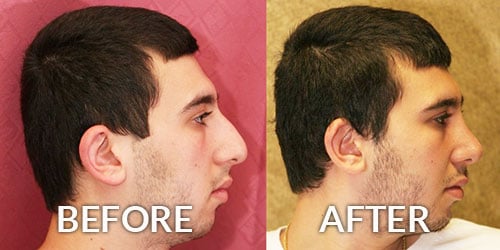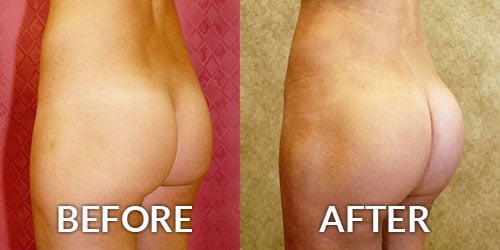Tummy Tuck Pain Management
Consultations offered at our three convenient locations in Encino, Glendale and Bakersfield
How painful is a tummy tuck?
This is what comes to the mind of women who are considering a tummy tuck! Tummy tuck pain is similar to that of C-section or laparoscopy. A hysterectomy is definitely more painful than a tummy tuck.
Pain management during tummy tuck surgery, as well as minimizing pain after tummy tuck is important to me. Planning for tummy tuck, pain management starts before surgery with giving patients the strongest and safest post-op pain medications prior to surgery, and giving them the instructions to use them optimally. Because tummy tuck has associated back muscle spasm which in itself causes pain, I also provide patients with muscles relaxants.
Tummy tuck surgery requires adequate anesthesia. While I use local anesthesia during tummy tuck surgery, I don’t believe that it would be enough by itself. Light general anesthesia delivered by a Board Certified Anesthesiologist can ensure that patients don’t feel any pain during tummy tuck. Unfortunately, Epidural anesthesia for tummy tuck does not work! It is because epidural anesthesia at best anesthetize below the level of the belly button. Therefore, Epidural anesthesia will not provide pain control above the umbilicus and for the most painful part of tummy tuck, which is tightening the upper abdominal muscles.
To lessen post-op tummy tuck pain, I infuse the abdominal tissue with long acting local anesthetic which reduces post-op tummy tuck pain.
There are multiple issues to consider during early tummy tuck recovery. Nausea after tummy tuck surgery is more significant than pain after tummy tuck. That is why I provide my patients several different types of anti-nausea medications and patches to keep them comfortable after tummy tuck surgery. Long acting narcotic pain medications also given on an optimal time schedule helps to prevent breakthrough pain. Massage and other holistic pain management methods also help.
For patients who have a very low pain threshold I use a Pain Pump. Pain Pumps for tummy tuck are small reservoirs (the size of a “Walkman”) of local anesthetic that infuse Lidocaine or Marcaine into the wounds for the first 24-72 hours after surgery. Unlike Patient Controlled Anesthesia (PCA) which can only be administered in a hospital, Pain Pumps are sent home with the patient. Because they help keep the surgical areas anesthetized, they reduce the need for narcotics after tummy tuck, therefore, lessening the post-operative incidence of nausea.
You should pay special attention to the anesthesiologist who your plastic surgeon uses during surgery. Like your surgeon, the anesthesiologist literally holds your life in the balance. It is therefore critical that you put your life in the best hands.
The cornerstone of successful tummy tuck pain management is a skilled anesthesiologist who is meticulous in monitoring patients during tummy tuck surgery and is proactive with pain control. There is no substitute for safety therefore, do not compromise on getting a competent board certified anesthesiologist. After all, this is the doctor who is going to keep you safe and pain free during your tummy tuck surgery.




